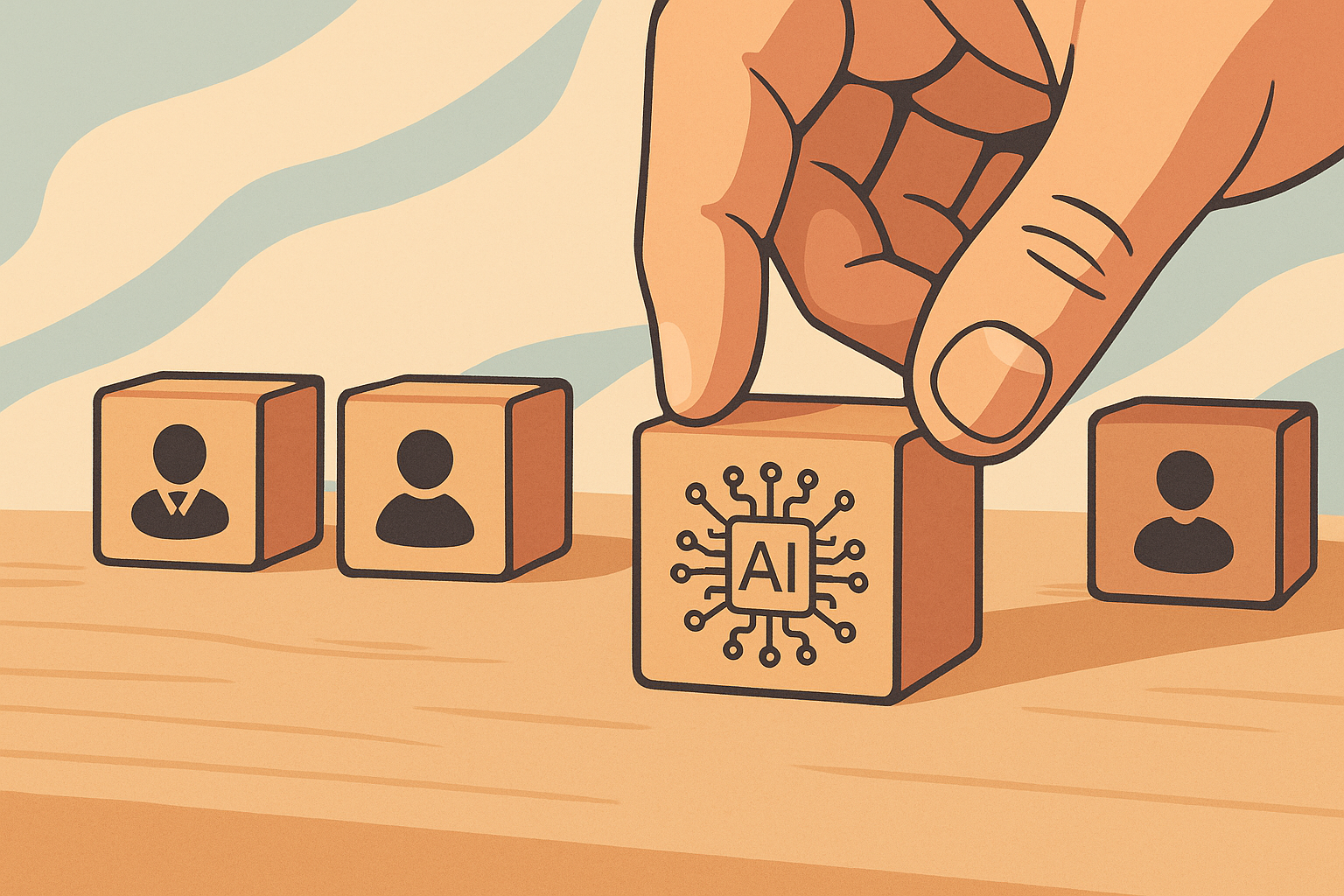Settlement is not a checklist of services—it’s a human journey toward belonging. This post explores why a human-centred approach is essential for helping migrants and refugees truly make Australia home.
Settlement isn’t just a transaction. It’s a deeply personal, social, and emotional process.
Dr. Alexandra Block
Rethinking Settlement
For many, the term settlement conjures up images of forms, services, and programs designed to help migrants and refugees “get started” in a new country. While these supports—housing, language classes, employment services—are crucial, they only represent the surface of what true settlement means.
Settlement isn’t just a transaction. It’s a deeply personal, social, and emotional process. It’s about finding safety, building identity, forming relationships, and feeling like you belong. It’s about making Australia home—not just surviving, but thriving. To achieve this, we must move beyond service delivery and embrace a human-centred approach.
The Problem with Transactional Models
Most current settlement frameworks focus on inputs: how many clients were served, how many workshops were run, how many referrals were made. This model tends to:
- Prioritize efficiency over empathy, focusing on throughput rather than outcomes.
- Treat newcomers as service users, rather than as people with rich stories, aspirations, and contributions.
- Overlook individual variation, assuming that one-size-fits-all programming is sufficient.
Such models can unintentionally create barriers to true integration. When migrants feel like they’re being processed rather than welcomed, it’s harder to build trust, agency, or connection.
What is a Human-Centered Approach to Settlement?
A human-centred approach flips the system. Instead of asking, “What services can we offer?”, it starts with the question: “What does this person need to feel safe, valued, and at home?”
Key principles include:
- Empathy and Listening: Understanding individual stories, traumas, hopes, and strengths—not just checking eligibility criteria.
- Agency and Participation: Giving migrants voice and choice in shaping their settlement journey.
- Relationships and Belonging: Encouraging connection to community, neighbours, culture, and institutions.
- Cultural Safety: Designing environments where people’s identities are affirmed, not suppressed or “assimilated.”
This approach doesn’t replace services—it reshapes how they are delivered. It’s about building trust, treating people with dignity, and valuing their humanity above all else.
Practical Examples
- Peer Support Programs: Connecting newly arrived migrants with settled community members to offer not just advice, but friendship.
- Co-Designing Services: Involving migrant voices in the design and review of programs to ensure relevance and respect.
- Community-Based Initiatives: Supporting grassroots groups that foster inclusion through sport, food, language exchange, or arts.
These initiatives foster confidence, pride, and identity—key ingredients in the recipe of belonging.
Settlement is not a checklist of services—it’s a human journey toward belonging. This post explores why a human-centred approach is essential for helping migrants and refugees truly make Australia home.
Settlement isn’t just a transaction. It’s a deeply personal, social, and emotional process.
Dr. Alexandra Block
Rethinking Settlement
For many, the term settlement conjures up images of forms, services, and programs designed to help migrants and refugees “get started” in a new country. While these supports—housing, language classes, employment services—are crucial, they only represent the surface of what true settlement means.
Settlement isn’t just a transaction. It’s a deeply personal, social, and emotional process. It’s about finding safety, building identity, forming relationships, and feeling like you belong. It’s about making Australia home—not just surviving, but thriving. To achieve this, we must move beyond service delivery and embrace a human-centred approach.
The Problem with Transactional Models
Most current settlement frameworks focus on inputs: how many clients were served, how many workshops were run, how many referrals were made. This model tends to:
- Prioritize efficiency over empathy, focusing on throughput rather than outcomes.
- Treat newcomers as service users, rather than as people with rich stories, aspirations, and contributions.
- Overlook individual variation, assuming that one-size-fits-all programming is sufficient.
Such models can unintentionally create barriers to true integration. When migrants feel like they’re being processed rather than welcomed, it’s harder to build trust, agency, or connection.
What is a Human-Centered Approach to Settlement?
A human-centred approach flips the system. Instead of asking, “What services can we offer?”, it starts with the question: “What does this person need to feel safe, valued, and at home?”
Key principles include:
- Empathy and Listening: Understanding individual stories, traumas, hopes, and strengths—not just checking eligibility criteria.
- Agency and Participation: Giving migrants voice and choice in shaping their settlement journey.
- Relationships and Belonging: Encouraging connection to community, neighbours, culture, and institutions.
- Cultural Safety: Designing environments where people’s identities are affirmed, not suppressed or “assimilated.”
This approach doesn’t replace services—it reshapes how they are delivered. It’s about b
Conclusion: Making Australia Home
Settlement is not about ticking boxes. It’s about welcoming people into a shared future. A human-centred approach acknowledges the complexity of migration and honours the courage it takes to start over.
By building systems that put people first—not processes—we ensure that Australia is not just a destination, but a home.
